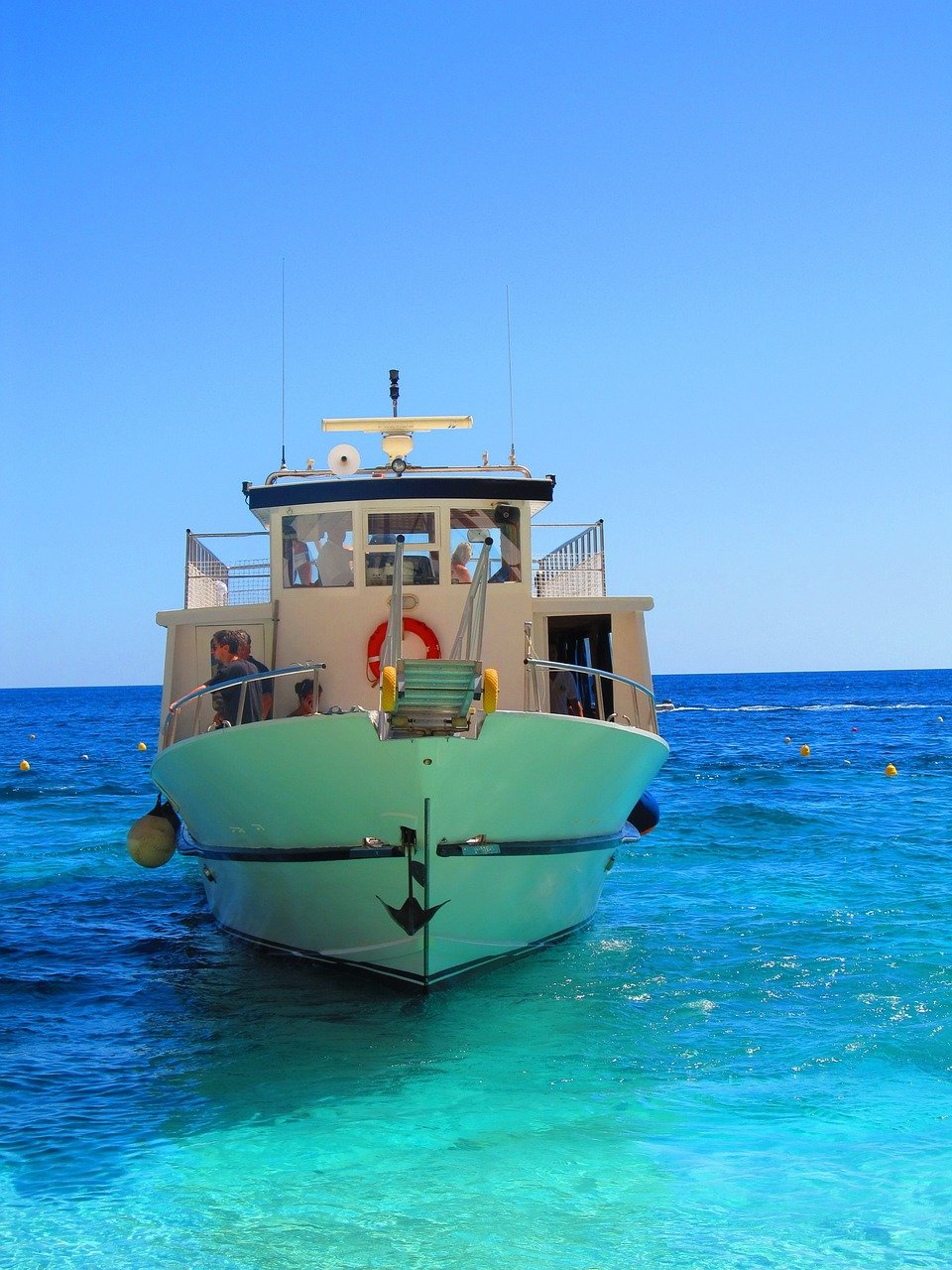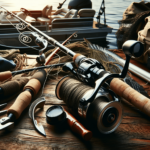Picture yourself on a sunny day, cruising along the shimmering waters, the wind tangling your hair as you steer your trusty pontoon boat. As you soak in the serene beauty of the surroundings, a thought crosses your mind – can you venture beyond the open water and explore that enticing island or sandbar in the distance? The answer to that question lies within the realm of possibilities, and in this article, we will unravel the exciting world of taking a pontoon boat to an island or sandbar.
Legal Considerations
When considering taking a pontoon boat to an island or sandbar, there are several legal considerations that should be taken into account. First and foremost, it is important to familiarize yourself with the local regulations pertaining to boating in your area. These regulations may include restrictions on where boats are allowed to operate, speed limits, and any specific rules or requirements for pontoon boats. It is also crucial to be aware of any permit requirements that may be in place. Some areas may require you to obtain a permit before taking your pontoon boat to an island or sandbar. Failure to comply with these regulations and permit requirements can result in fines or other penalties. Finally, it is important to be aware of any restricted areas where boating is not allowed. These restricted areas may be designated for environmental conservation or for the safety of marine life. By being knowledgeable about the legal considerations surrounding pontoon boat usage, you can ensure that you are operating your boat in a legal and responsible manner.
Suitability of Pontoon Boats
Before embarking on a trip to an island or sandbar with a pontoon boat, it is important to consider the boat’s suitability for such an endeavor. Pontoon boats are known for their stability and versatility, which makes them a popular choice for recreational boating activities. However, it is important to take into account the size and weight limitations of pontoon boats. Depending on the size and weight of your pontoon boat, it may be more or less suitable for navigating to an island or sandbar. Additionally, shallow water navigation is a unique challenge that must be considered. Pontoon boats have a relatively shallow draft, which means that they may be more susceptible to running aground in shallow waters. It is important to be mindful of the water depth and to navigate cautiously to avoid potential damage to the boat or the environment. Finally, handling a pontoon boat in open water can present its own set of challenges. The larger size and flat-bottom design of pontoon boats may make them more susceptible to wind and waves, so it is important to exercise caution and use proper navigation techniques when operating in open water.

Navigational Challenges
Navigating to an island or sandbar with a pontoon boat can present a variety of challenges that must be navigated carefully. One of the primary challenges to consider is the presence of tides and currents. These natural forces can greatly affect the movement of your boat, especially in areas with strong currents or tidal changes. It is important to consult tide charts and navigational maps to determine the optimal times for navigating to and from the island or sandbar. Another challenge to consider is the limited maneuverability of pontoon boats. Pontoon boats are not as nimble as smaller, more agile boats, which can make navigating tight spaces or avoiding obstacles more difficult. It is important to be patient and attentive when maneuvering a pontoon boat in order to avoid collisions or accidents. Additionally, utilizing navigational aids such as buoys, markers, and GPS can greatly assist in safely navigating to your destination.
Planning the Trip
Before setting off on your pontoon boat adventure, it is important to carefully plan your trip to ensure a safe and enjoyable experience. One of the first steps in planning your trip is to choose an accessible island or sandbar to visit. Consider factors such as proximity to your location, availability of docking or anchoring spots, and whether or not the island or sandbar allows boating visitors. It is also crucial to check the weather conditions prior to departing. Inclement weather, such as strong winds or storms, can greatly impact your boating experience and safety. Always err on the side of caution and reschedule your trip if the weather conditions are unfavorable. Lastly, it is recommended to inform authorities or friends of your planned trip. This way, in the event of an emergency or if you fail to return as planned, there will be someone who knows your whereabouts and can assist if necessary.

Preparing the Pontoon Boat
Properly preparing your pontoon boat before embarking on a trip to an island or sandbar is essential for a safe and enjoyable outing. One of the first steps in preparation is ensuring that you have all the necessary safety equipment and supplies on board. This includes life jackets for every passenger, fire extinguishers, flares, and a first aid kit. Familiarize yourself with the requirements for safety equipment in your area and ensure that you comply with them. It is also important to conduct thorough checks of your boat’s fuel and engine systems. Ensure that you have enough fuel for the trip and that your engine is in good working order. Regular maintenance and inspection of your pontoon boat will help prevent any unexpected mechanical issues that could leave you stranded. Finally, consider bringing communication devices such as a VHF radio or a mobile phone in case of emergencies or the need to contact authorities.
Understanding Sandbars
Before landing on an island or sandbar, it is important to have a good understanding of sandbars and the potential hazards they may pose. Sandbars are formed by the accumulation of sand or sediment in shallow areas of water. They can vary in size and shape, and their presence can often be affected by tidal movements. It is important to be aware of the different types of sandbars, such as submerged sandbars or those that become exposed at low tide, as this can affect your approach and anchoring techniques. Additionally, potential hazards to be mindful of include channels or deep troughs in the sandbar that can cause boat grounding, submerged obstacles like rocks or debris, or sudden changes in water depth. Before attempting to land on a sandbar, take the time to survey the area, assess the water depths, and navigate cautiously to avoid any potential hazards. Proper anchoring techniques, such as using sand or mud anchors or considering the use of mooring buoys, can help secure your pontoon boat in place.

Landing on an Island
Finding a suitable landing spot is crucial when planning to visit an island with a pontoon boat. Look for areas with sandy or firm shores that can accommodate the landing of your pontoon boat. Be cautious of any submerged obstacles or vegetation that may pose a risk to your boat or its propellers. After selecting a suitable landing spot, it is important to properly secure the pontoon boat to ensure it remains in place during your visit. Utilize anchors or docking systems designed for pontoon boats to secure the boat to the shore. Be mindful of tide changes and potential changes in water depth, as this can affect the security of your boat. Once your pontoon boat is secure, enjoy exploring the island responsibly, being mindful of any local regulations or restrictions.
Beach Activities
Visiting an island or sandbar offers a multitude of exciting beach activities to enjoy. One of the most popular activities is swimming and snorkeling. Take advantage of the crystal-clear waters surrounding the island or sandbar to take a refreshing dip or to explore the underwater world with snorkeling gear. Be mindful of your surroundings and any potential hazards such as strong currents or submerged rocks. Another enjoyable activity is picnicking and beach games. Pack a delicious lunch and some outdoor games to enjoy in the beautiful natural surroundings of the island or sandbar. Lastly, wildlife observation is a fascinating activity that can be enjoyed during your visit. Take the time to observe the native flora and fauna, but always remember to keep a safe distance so as not to disturb or harm any wildlife.
Respecting the Environment
When visiting islands or sandbars, it is crucial to respect and protect the environment to ensure its preservation for future generations. Adhering to the principles of “leave no trace” is essential. This means minimizing your impact on the environment by packing out all trash, not disturbing natural elements such as plants or wildlife, and avoiding unnecessary noise or pollution. Additionally, be mindful of marine life and their habitats. Avoid damaging coral reefs or seagrass beds by anchoring your pontoon boat in appropriate locations and avoiding dropping anchor on delicate marine ecosystems. Finally, always dispose of trash properly by bringing it back with you and disposing of it in designated areas on the mainland. Taking these steps to respect the environment will help preserve these precious natural spaces for all to enjoy.
Safety Tips
When operating a pontoon boat to visit an island or sandbar, safety should always be a top priority. One of the most important safety tips is to wear life jackets at all times when on the water. Accidents can happen unexpectedly, and a life jacket can greatly increase your chances of survival if you find yourself in the water. It is also important to navigate cautiously and be aware of your surroundings. Avoid excessive speed and always be on the lookout for other boaters or potential hazards. Finally, familiarize yourself with emergency procedures and have a plan in place in case of an emergency situation. This may include having flares or other distress signals on board, knowing how to call for emergency assistance, and ensuring that all passengers are aware of the emergency plan. By prioritizing safety, you can have a fun and rewarding boating experience while minimizing the risks involved.





